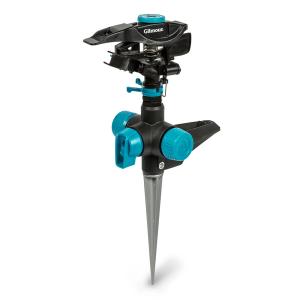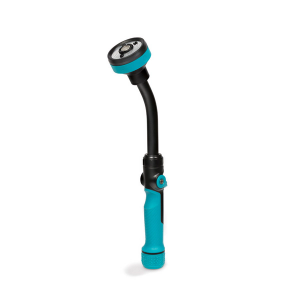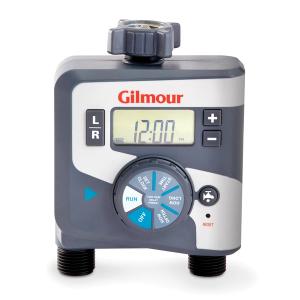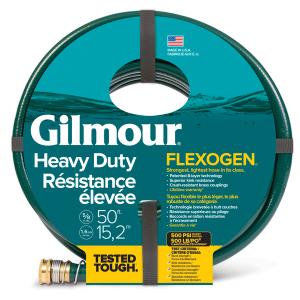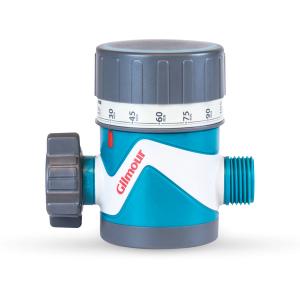Discover water restrictions
- Be aware of any restrictions in place by your state, county, city, or water district and adhere to them.
- If you’re located in the western half of the U.S., we recommend checking with your local municipality for water restrictions early in the season to conserve water in your lawn.
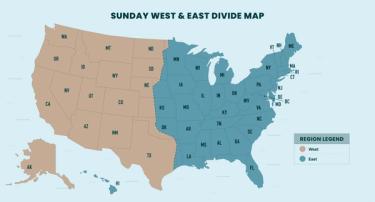
Sunday Tip:
Even the eastern half of the U.S. can experience drought conditions throughout the growing season. Learn ways to correct common watering mistakes to reduce water use when possible.
Water selectively
- Deprioritize unused or unseen areas like side yards that could be left unirrigated altogether (unused side yards or that random patch of grass behind your shed could be good places to cut back on water).
- Prioritize watering plants that are longer-term and higher-priced investments – in general, your lawn will bounce back from drought quicker and easier than trees or shrubs.
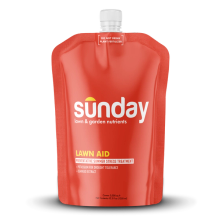
Lawn Aid Heat Stress Prevention Treatment
- Retain moisture
- Build drought resilience
- Cultivate greener grass
- Grow dense, strong roots
Adjust your irrigation system
- Audit your irrigation system to make sure you aren’t wasting precious water by over-or under-watering and replace any damaged irrigation heads or pipes.
- Adjust your sprinklers to prevent watering hardscapes like driveways, sidewalks, patios or decks.
- Water ornamental plants and gardens separately from your lawn.
- If possible, create hydrozones to address different water needs in different parts of your lawn.
- Consider switching from spray heads to rotating heads, use pressure regulated sprinkler heads, or swap to a smart irrigation system that automatically prevents unnecessary irrigation events based on weather data or soil moisture.
Water deeply and purposefully
- On days you can water, water deeply to help your grass roots grow deep, while not restricting them to rely on routine shallow watering.
- Don’t water just to water – if you’ve had some much-needed rain recently or your grass has already gone dormant, there’s no need to apply more water (see Let your lawn go gold).
Sunday Tip:
If temps are consistently above 85, apply in early morning when temps are cooler or delay application until temperatures drop. Do not apply if your lawn is showing signs of heat stress.
Let your lawn go gold
- Gold is the new green – if you’re under water restrictions, letting your lawn go dormant, especially in unused areas of the yard, can greatly reduce water use.
- Transferring a lawn in and out of dormancy is energy-intensive and will reduce lawn health in the long-term; if your lawn does go dormant, aim to only apply around 1/2 inch of water every 2-3 weeks to keep the grass alive without bringing it out of it’s protective dormant state.
Maintain mindfully
- Increase mowing height and reduce mowing frequency to protect your grass.
- Sharpen your mower blades to reduce shredding grass leaves, which stresses the plant and increases water loss.
- Don’t fertilize your grass if it has gone dormant.
- Reduce traffic on drought-stressed lawns.
- Mulch garden beds to reduce water loss.
Consider drought tolerant alternatives
- If your lawn is currently planted with a high-water-using grass, consider switching to a more water-wise species.
- Think about removing some turf (probably not something you thought we’d say, right?) - replace some or part of your lawn with alternative landscaping, wildflowers, or other drought tolerant groundcover.
Cited sources
Dealing with Water Restrictions. University of Florida.
Summer Lawn Care. Michigan State University Extension.
Water-saving strategies for home lawns. University of Minnesota Extension.







